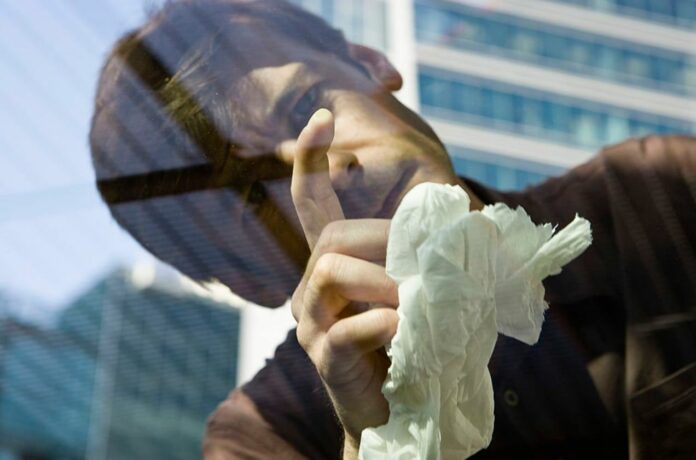A pooled data analysis of studies published online in the Journal of Neurology, Neurosurgery & Psychiatry indicates that deep brain stimulation can reduce symptoms of severe obsessive-compulsive disorder (OCD) by 50%.
The analysis shows that two-thirds of those who were affected saw a big improvement within two years.
Obsessive Compulsive Disorder (OCD) is distinguished by dysfunctional and repetitive behaviours, as well as persistent and intrusive obsessive thoughts. Researchers estimate that up to 3% of the population suffers from this.
It typically starts early in life and is frequently accompanied by very severe anxiety or depression. For those who are impacted, going to work or school can be challenging.
Drugs and cognitive-behavioral therapy (CBT) can be very helpful, but about 1 out of 10 times, they don’t work.
Over the past few decades, deep brain stimulation has gained recognition as a viable treatment for people with severe symptoms. This procedure includes implanting electrodes inside specific regions of the brain to control aberrant electrical impulses.
Even while numerous studies have showed that the approach may be helpful for OCD sufferers, they sometimes did not account for all of the variables that might have an impact.
To account for this and to update the existing body of evidence, the authors systematically reviewed and pooled the findings of 34 clinical trials published between 2005 and 2021 with the goal of critically evaluating how well deep brain stimulation treats OCD and related depressive symptoms in adults.
In the 34 studies, 352 adults with severe to extreme OCD who had not gotten better despite treatment took part. The average age of these people was 40. In 23 trials, patients needed 5 years of chronic symptoms before surgery.
Of the remaining 11 trials, one required at least two years of unsuccessful treatment and more than ten years of symptoms, another required at least one year of unsuccessful treatment, and five did not specify any requirements.
The average duration of the symptoms was 24 years. Twenty-three studies indicated that their subjects also suffered from a secondary mental health illness, most commonly major depression (affecting more than half of the participants), anxiety disorder, or personality disorder. After deep brain stimulation, the typical monitoring time was two years.
The final analysis of all the data from 31 studies and 345 people showed that deep brain stimulation reduced symptoms by 47%, and that two-thirds of the people who took part in the study got much better during the monitoring period.
In nearly half of the subjects, there was a complete resolution of their reported depressed symptoms, while another 16% showed only partial improvement, according to secondary analysis.
A total of 24 studies provided detailed information on major side effects, including hardware-related issues, infections, seizures, attempted suicide, stroke, and the emergence of brand-new obsessions related to stimulation. 78 people overall reported at least one severe adverse event.
The results lead the researchers to say that there is “a strong evidence base” in favour of using deep brain stimulation to treat severe, long-lasting OCD and depression that goes along with it.
However, there is a warning: “While these results are encouraging, it is important to remember that [deep brain stimulation] is not without its limitations.
“First and foremost,” the authors write, “it requires chronic implantation of hardware and carries the associated risk of complications.
Furthermore, although they “report a less than 1% incidence of de novo obsessions involving the [deep brain stimulation] patient programmer or the device itself, it remains a significant barrier to the effective implementation of [deep brain stimulation] for OCD in certain patients.”
“Successful application of [deep brain stimulation],” according to the authors, “requires a close therapeutic alliance between patient, neurosurgical and expert psychiatrist teams in centres that specialise in implantation and programming of the device.”
Source: 10.1136/jnnp-2021-328738
Image Credit: Getty
You were reading: “Strong Evidence” Deep Brain Stimulation Can Halve Symptoms Of Severe OCD
